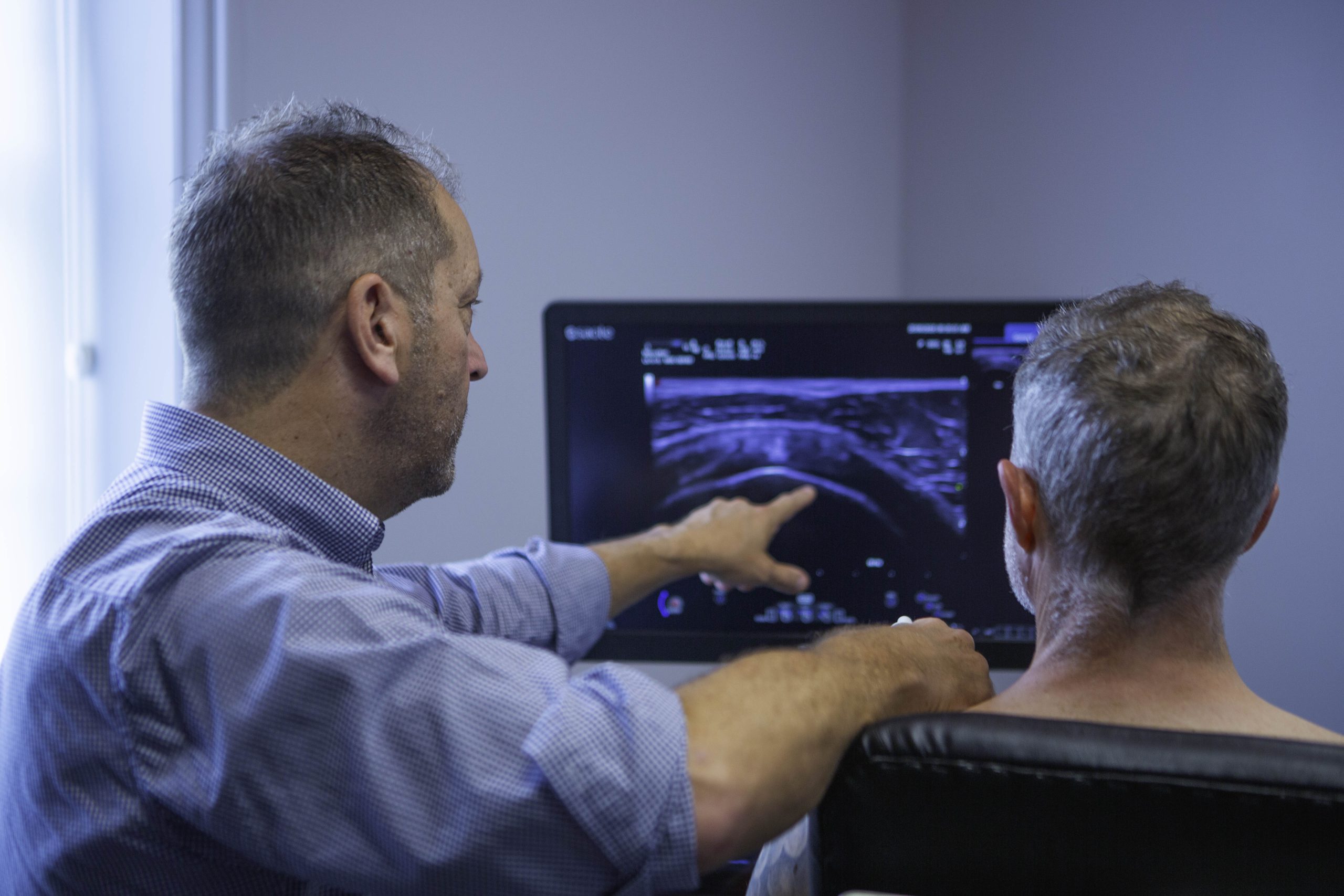Spondylolisthesis | What is that?
Following on from our chronic back pain blog we have established that there are a number of conditions like spinal stenosis and spondylosis that can cause more persistent back pain and slow down recovery after an episode of pain – and in this blog we’ll explain how spondylolisthesis (and it’s cousin spondylolysis) can do the same. So first of all, what is spondylolisthesis?
How do you even say that?!
Let’s try and get our tongue round this one!
What is spondylolisthesis?
Spondylolisthesis is a condition which is usually associated with ‘wear & tear’ changes affecting the lower part of the lumbar spine. The changes over time allow a small amount of extra movement to take place which causes one vertebra to slip forwards on the vertebrae beneath. It’s not unstable, it just sits there in the wrong position! This causes stretching of the soft tissues around the spine and some compression of the nerve that is passing down towards the leg which can cause sciatica type pain. Spondylolisthesis are graded in severity on a 5 point scale based on the patient’s X-ray with the vast majority being at the lower end (Gd 1 or 2). These are considered to be best managed with physiotherapy and exercise.

What is the difference between spondylolisthesis and spondylolysis?
Sorry to get technical, but we’ve got this far so we may as well deal with this too! Both spondylolysis and spondylolisthesis can be causes of low back pain. They almost look the same written down and they are related conditions – but there is a difference! A spondylolysis is a stress fracture or small ‘crack’ in the vertebrae and is more common as a result of repetitive stress in younger people – particularly in the athletic population (e.g. runners, javelin, pole vault etc). A spondylolysis may lead to a spondylolisthesis when the stress fracture allows some slipping of the vertebrae on each other.
How can physio help?
Physiotherapists are expert in helping people manage conditions like ‘wear & tear’, spinal stenosis, spondylolysis and spondylolisthesis and we’ve written about the various ways we can help here. The most important thing you can do is seek professional help so you can understand the cause of the pain, the likely prognosis and what to do to get better.









